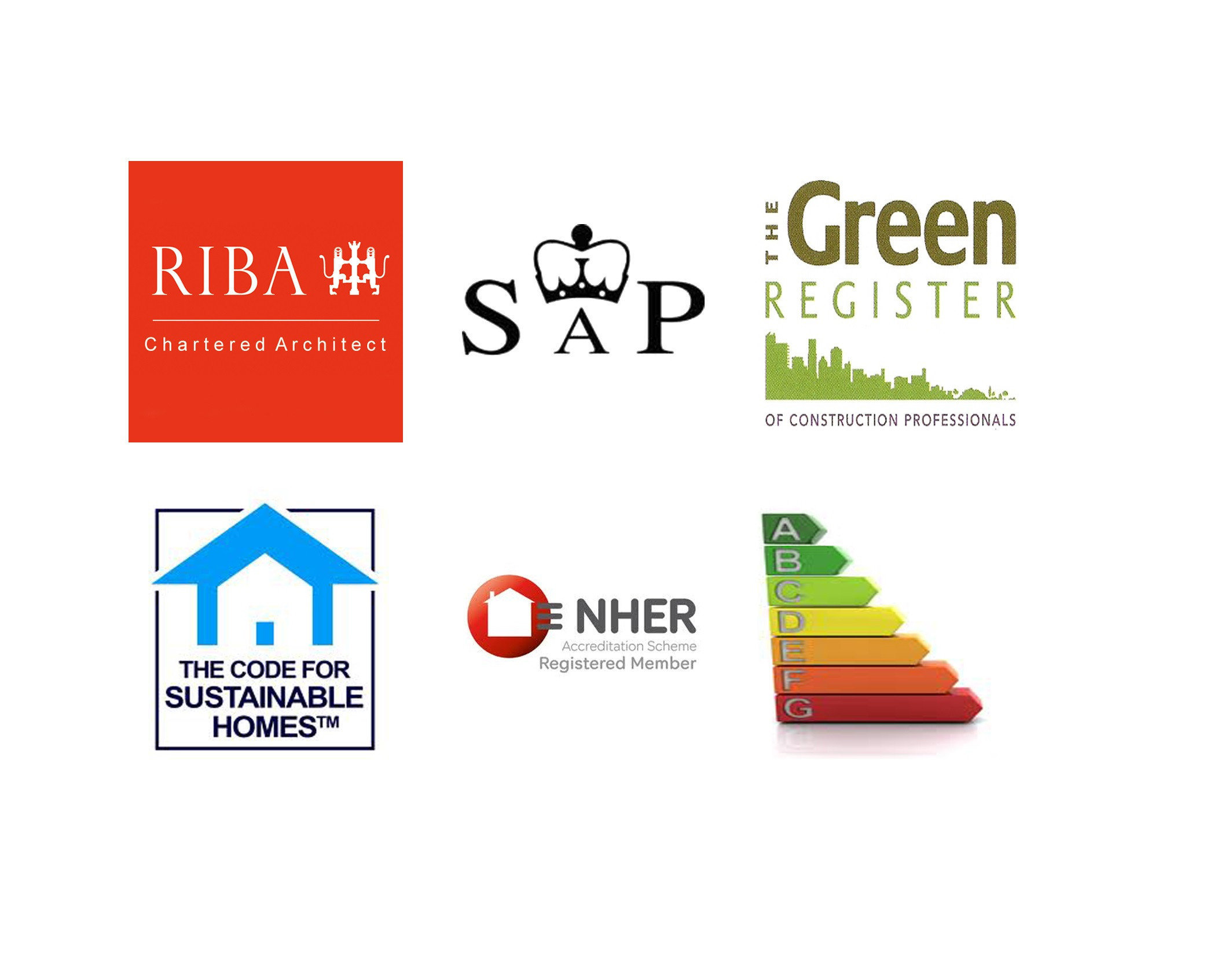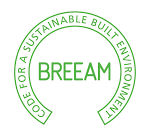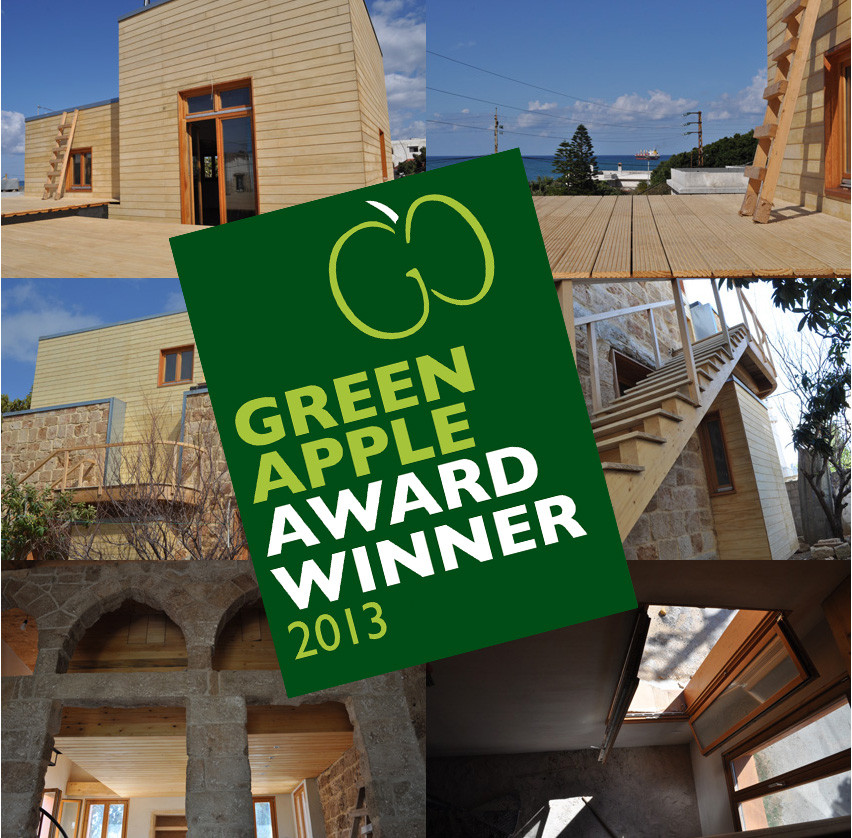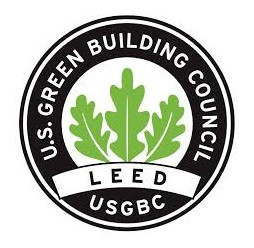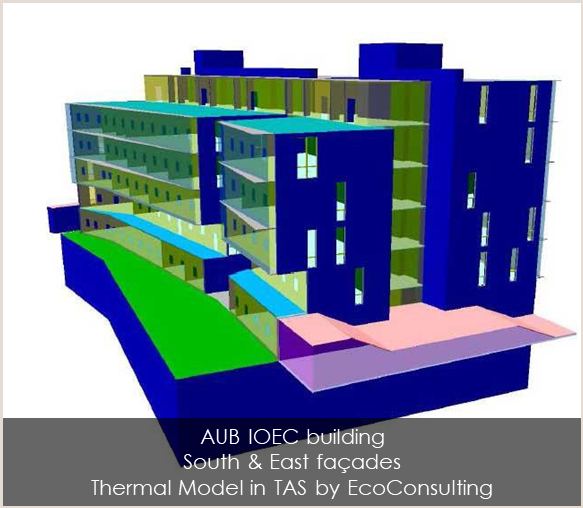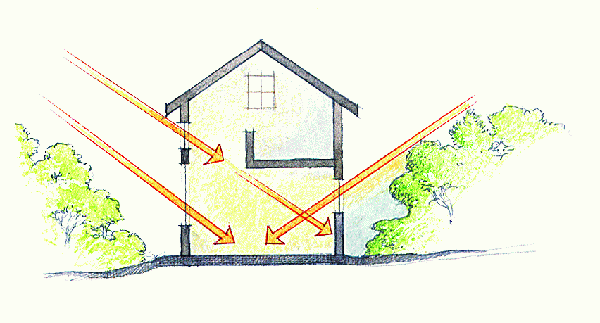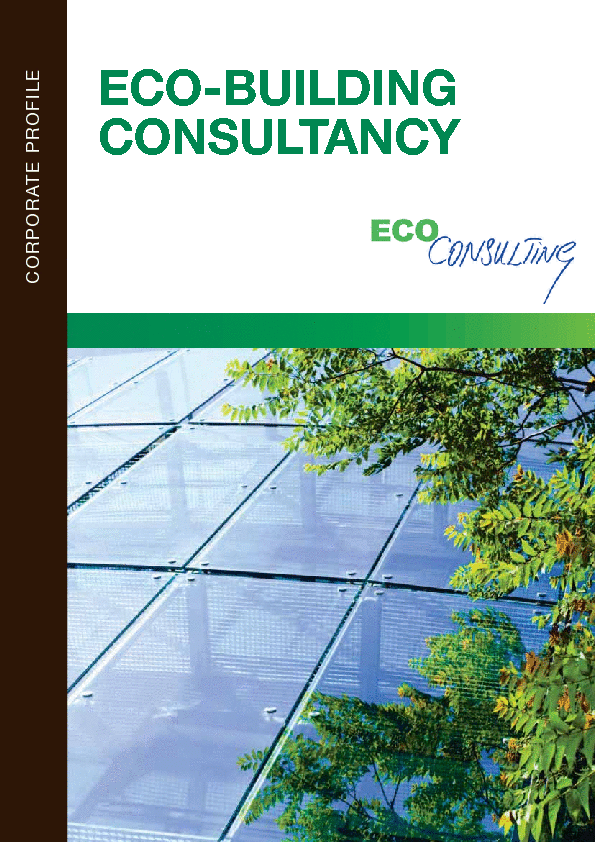UK-Specific Services
UK-Specific Services
- Complying with Building Regulations:
The UK government has indicated that building regulations will be more stringent in the future, in terms of regulation and enforcement, particularly pertaining to Part L (conservation of fuel and power) requirements. The new building regulations have been published and entered into force in April 2006.
EcoConsulting has experience in meeting regulation, but also in exceeding current requirements and pre-empting future ones.
The new Part L measures will deliver increased energy standards for new buildings, estimated at around 28% in non-dwellings, 22% in houses, and 18% in flats. On average, a 20% reduction in CO2 emissions per dwelling will be attained compared to a notional dwelling.
EcoConsulting assists clients’ projects in complying with Building Control’s most stringent energy and environmental demands. As a consultancy that specializes in cost-effective eco-building, we advise on practical and achievable energy-efficient solutions.
In addition to consulting on fulfilling Part L requirements, we conduct NHER-certified SAP assessments (for dwellings) and certified SBEM/TAS calculations (for non-dwellings), and undertake SAP or SBEM / TAS simulations to improve the energy rating of buildings and exceed regulations targets. We also offer Energy Performance Certificates both for dwellings and no-dwellings.
Our eco-building design service can be complementary to BREEAM, EcoHomes, and the Code for Sustainable Homes certifications, and we assist our clients to achieve "Very Good" or "Excellent" ratings.
- NHER & SAP Energy Ratings:
EcoConsulting is fully licensed under the NHER’s “Competent Person” scheme for Part L1A of the building regulations to conduct SAP Assessments (SAP 2005 and SAP 2001). In addition, we employ “On-Construction Domestic Energy Assessors” (OCDEA) to produce Energy Performance Certificates (EPCs).
SAP 2005 ratings have become compulsory for all new dwellings to demonstrate compliance with the Part L1A, which entered into force on April 6th, 2006. In addition, EPCs now need to be incorporated into the Home Information Pack for all dwellings sold or let on the market. EPCs for newly constructed dwellings need to be produced via SAP assessments undertaken by specially trained and licensed OCDEAs, such as EcoConsulting.
Our licenses under the NHER as “Competent Persons” and OCDEAs fully meet the BRE’s requirements for quality-certified SAP calculations under the Code for Sustainable Homes, and its predecessor, EcoHomes.
What is a NHER rating?
NHER, the National Energy Home Rating, is the UK's largest energy rating scheme, and rates the average energy consumption of residential dwellings on a scale of 1.00 to 10.00 -- from poor to excellent.
The NHER rating takes into account the local environment and the effect it has on the building's energy rating. The methodology evaluates the energy usage and costs of:
- space heating
- water heating
- cooking, lights, & appliances
The NHER can only be calculated using computer software as supplied by National Energy Services (NES).
What is a SAP rating?
SAP (Standard Assessment Procedure) is the UK official assessment procedure for Energy Rating of Dwellings, and is based on a scale of 1 to 100 -- from poor to excellent.
The SAP energy cost rating is a simplified version of the NHER model and is based on energy costs for space and water heating only. It is thus less accurate than a NHER rating.
Previous compliance with SAP 2001 was demonstrated through one of the 3 recognized methods by the Building Regulations 2002: Elemental, Target U-value, and Carbon Index methods.
Since April 2006, SAP 2005 is used for Part L1A 2006 compliance to calculate whether the annual CO2 emissions rate of the dwelling (DER) does not exceed the target set by reference to a notional building (TER). The Elemental, Target U-value, and Carbon Index methods will not be applicable anymore.
- TAS / SBEM Calculations:
BER / TER CO2 calculations are required to demonstrate compliance with Part L2A for all new buildings other than dwellings.
As part of the "Competent Person" scheme, EcoConsulting undertakes certified TAS / SBEM calculations and assists in meeting Building Control’s most stringent energy and environmental demands. We also offer Energy Performance Certificates (EPCs) for all new-build buildings, both domestic and non-domestic. EPCs are now mandatory under UK law.
The new Part L (Conservation of Fuel and Power) 2006 revision of the Building Regulations entered into force on April 2006. Part L2 covers compliance requirements with all buildings other than dwellings and is split into L2A for new buildings and L2B for existing buildings. In addition, all dwellings with a total floor area greater than 450m2 fall within Part L2.
Approved Document L2A has a new requirement to comply with the Target CO2 Emission Rate which is demonstrated through approved software.
We were amongst the first to offer L2A compliance service under the “Competent Person” Scheme. We currently use TAS v.9.1, a commercial third-party software that is fully licensed by the Department for Communities and Local Government under Regulation 17A of the Building Regulations to demonstrate Part L2 Compliance.
TAS is a highly respected commercial software that has been developed by EDSL over 25 years ago to simulate energy consumption and thermal performance. A life-like 3-dimensional model is created in the software, which is then exported to the TAS Building Simulator. Results can be presented in a wide range of formats, although for our L2A Compliance Report we offer a standardized set of documents.
The final report will demonstrate compliance with Approved Document L2A: Conservation of fuel and power in new buildings other than dwellings:
- Criterion 1 – “Predicted CO2 emission from a proposed building does not exceed the target” (BER/TER)
- Criterion 2 – “The performance of the building fabric and the building services systems should be no worse than the design limits” (Limiting values)
The results produced by TAS are highly accurate and have been verified—for example, TAS was used to simulate BRE’s exemplary Environment Building and the monitored results were almost identical to those simulated by iSBEM., the government's user interface developed to comply with Part L2A . However, iSBEM underestimates the benefits of energy-efficient measures; therefore the design team needs to “over-comply” with iSBEM: This results in massive compliance cost increases for the client –which are avoidable. We are thus able to save our clients money by using TAS, unlike some of our competitors using iSBEM.
TAS is also able to demonstrate compliance with Criterion 3 – “Limited the effects of solar gains in summer", which iSBEM is not able to do as it is too simple to undertake complex thermal energy simulations.
We also advise on designing an airtight envelope, to achieve compliance with air pressure leakage testing, which has become mandatory for all new constructions since April 6th, 2006
- Energy Performance Certificates:
EcoConsulting is pleased to offer Energy Performance Certificates for all new-build buildings, both domestic and non-domestic.
All our EPC consultants are fully registered and licensed ‘On-Construction Domestic Energy Assessors’ (OCDEAs) for dwellings and Level 5 ‘On-Construction Non-Domestic Energy Assessors’ (OCNDEAs) for non-dwellings
Energy Performance Certificates (EPCs) are required under the EU's 2002 Energy Performance of Buildings Directive, which called for all buildings within the EU to have an EPC at the time of sale or letting. EPCs are now mandatory under UK law and must be readily available to all prospective purchasers or lessees
EPCs for new-builds are based on the energy assessments undertaken for the energy efficiency Part L Building Regulations of dwellings (SAP under part L1) and of non-dwellings (SBEM/TAS under part L2)
EcoConsulting has conducted thousands of domestic and non-domestic energy assessments for Building Regs for the past 5 years. As such, offering EPCs were a logical evolution of our services and enable our clients to have a one-stop-shop for all their sustainability and energy-efficiency needs.
All our EPC consultants are fully registered and licensed ‘On-Construction Domestic Energy Assessors’ (OCDEAs) for dwellings and Level 5 ‘On-Construction Non-Domestic Energy Assessors’ (OCNDEAs) for non-dwellings.
- Air-tightness Design:
As part of the New Part L Building Regulations which has come into effect in April 2006, air pressure leakage testing will become mandatory for all constructions including dwellings.
EcoConsulting can advise the design team on identifying zones requiring protection, designing an airtight envelope, and ensuring that adequate air-tightness provision is included in the specifications and tender documents.
Air pressure testing will improve buildings standards by identifying unacceptable leakage areas, which reduce the energy efficiency of buildings. As remedial work is extremely costly in these areas, proper attention to airtightness standards during design and construction is becoming ever more important.
EcoConsulting can advise the design team on which issues need to be properly addressed on a case-by-case basis. We can also assist the project manager or developer in understanding the requirements of an air-tight home and therefore ensure trouble-free compliance with this new and construction-changing legislation.
- Section 106:
UK planners are increasingly requiring sustainability and environmental features to be included within developments – as a Section 106 planning requirement.
EcoConsulting has experience in compliance with Section 106 sustainability requirements.
Section 106 of the Town and Country Planning Act 1990 allows a Local Planning Authority to enter into a legally-binding agreement or planning obligation, with a land developer over a related issue. The obligation is termed as a 'Section 106 Agreement'
One frequent Section 106 requirement demanded by local authorities is a Code for Sustainable Homes or EcoHomes and/or BREEAM assessment, with a commitment to achieve a BRE rating of “Very Good” or “Excellent”, as means of constructing more environmentally-friendly homes, offices, and schools.
Another progressively more common Section 106 prerequisite is for the project to meet at least 10% of its heat and/or electricity demand through on-site Renewable Energy Generation.
Also, some new projects may have trouble obtaining planning permission for various reasons, such as the nature of the proposed design. A report enhances the planning application by demonstrating a real commitment to sustainable construction.
- Region: Global
- Country: Global
EcoConsulting Catalogues
- {{ error }}
- Request sent successfully.

